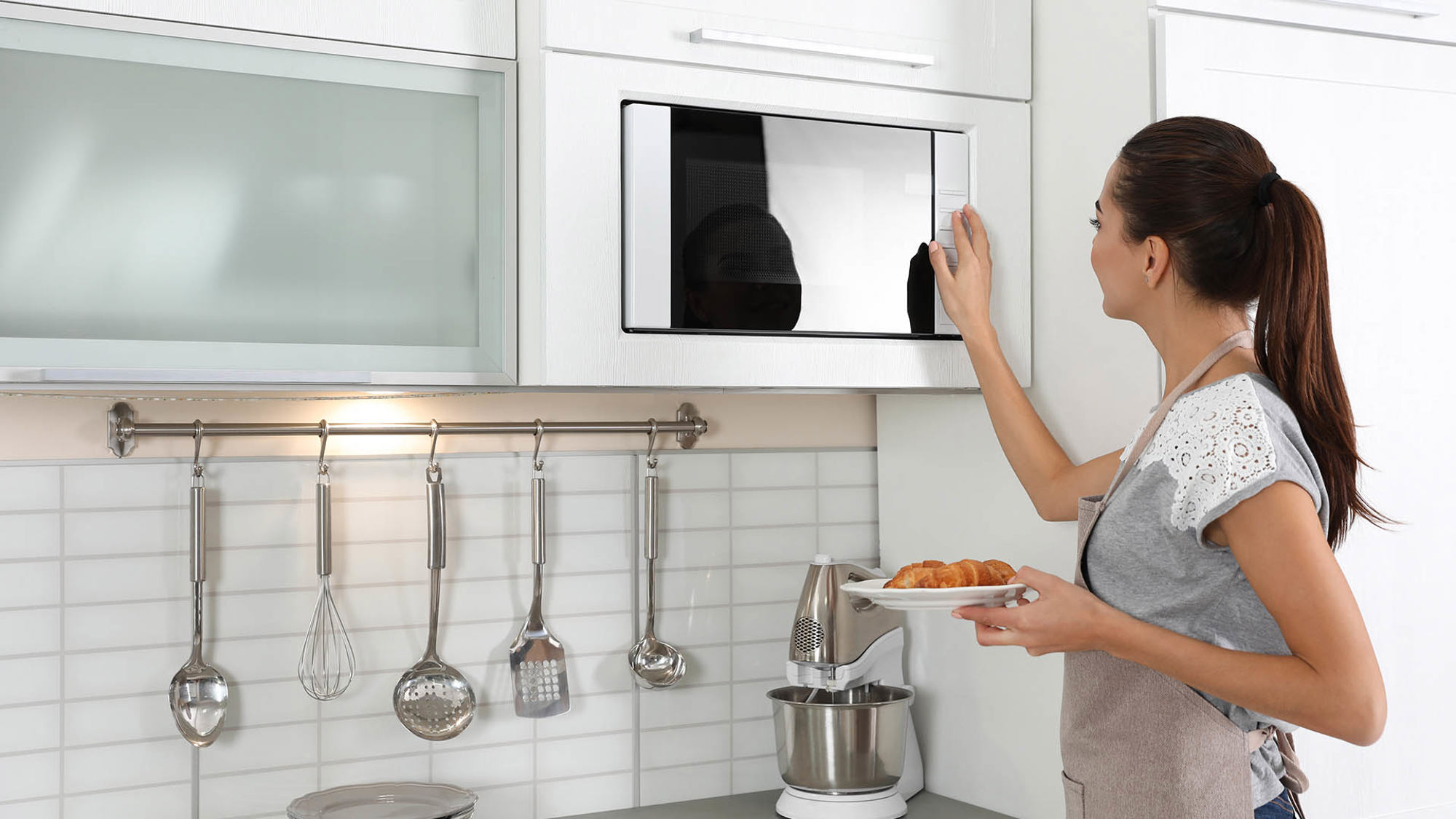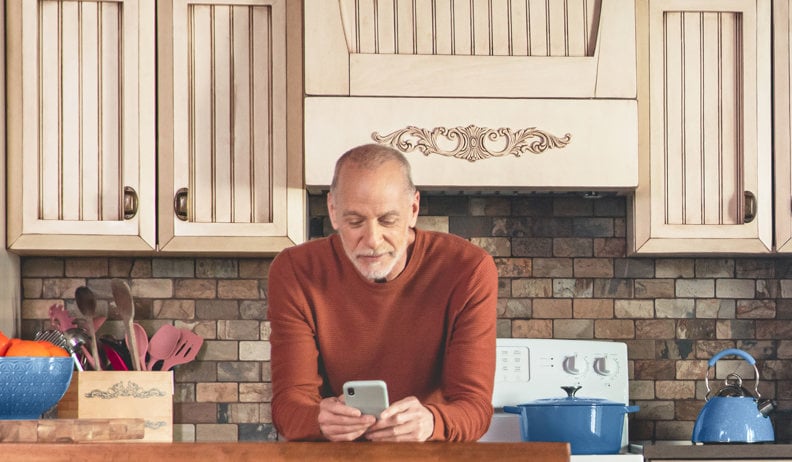Peak periods: Maximize energy savings in the kitchen!
The goal of peak demand events is to reduce pressure on the power grid, which faces especially high demand during winter peak periods. During these events, it’s important to limit energy use throughout your entire home — and kitchen appliances are often some of the biggest consumption culprits. With that in mind, here are some easy ways to save money while staying eco-friendly!

Choose smaller appliances first
Just remember this one key concept: small appliances (like a pressure cooker, toaster, or microwave) use far less energy than big ones, like a conventional oven.
For example, a microwave only consumes about one-third the power of a stove. It’s also perfect for foods with a high water content, such as vegetables, fruit, or fish. It’s quick, economical, and energy-efficient!
Plus, relying more on your smaller appliances can help extend the life of your larger ones.
Go for no-cook meals
Cold or raw foods are another great way to reduce your energy use. And it doesn’t mean settling for ham sandwiches at dinner! Try getting creative with cold soups, tapenades, tartares, or carpaccios. A platter of local cheeses and cured meats is another tasty option that also lowers your environmental footprint. Even better, make it a family activity and get the kids involved!
Save energy year-round in the kitchen
These tips aren’t just for peak events. By making smart energy choices all year long, you can reduce your energy use in the kitchen and lower your electricity bill!
Stovetop and oven
Who doesn’t love cooking up a batch of lasagne or shepherd’s pie on Sunday for the whole family? For slow-cooking, the convection oven is a good choice, since its internal air circulation cooks foods faster at a lower temperature. That means you save both energy and money.
As for stovetops, gas models heat up faster, but they burn fossil fuel that emits greenhouse gases. Electric models, on the other hand, run on renewable power here in Québec. For small quantities, consider using an electric skillet instead — a handy, efficient alternative!
A few extra tricks: turn off the burner just before your dish is ready and let residual heat finish the job; cover pots when boiling water to save time and energy; and resist opening the oven door during cooking, since every peek lets about 20% of the heat escape.
Refrigerator and dishwasher
The refrigerator is the workhorse of the kitchen — and one of the biggest sources of energy loss. Around 30% of the cold air escapes every time you open the door. To check if your fridge is sealing properly, try this simple test: close the door on a folded piece of paper. If it stays firmly in place, the seal is good.
For optimal efficiency and food safety, set your fridge between 35°F and 38°F (1.7°C and 3.3°C) and your freezer at 0°F (-18°C). Lowering the temperature by just 10–12°F beyond that can increase energy use by as much as 25%.
With the dishwasher, always wait until it’s full before running it and select the shortest cycle possible. Choosing “air dry” instead of “heat dry” can also cut its energy use by 15–50%.
Guaranteed savings!



